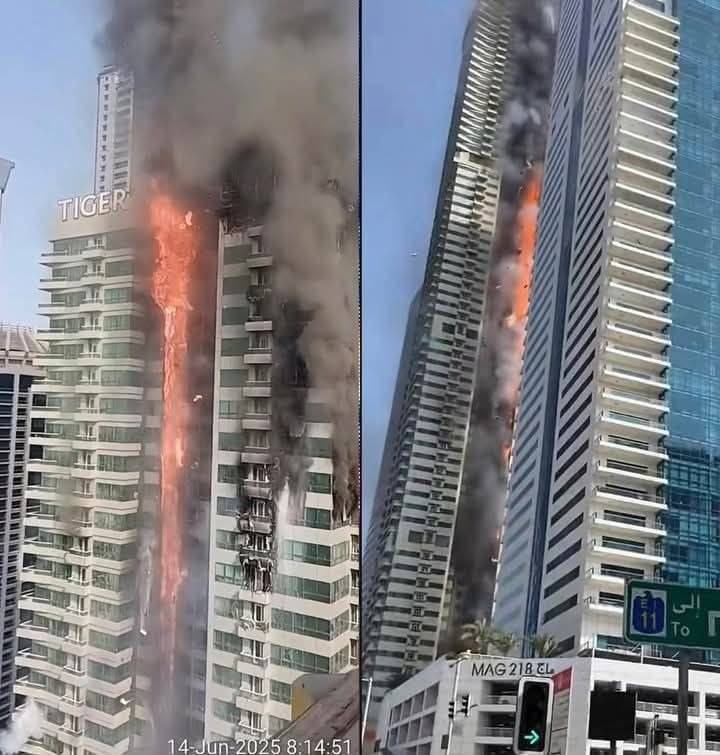In late September, as the anniversary of Hamas’s October 7 attacks drew near and Gaza remained in ruins from months of conflict, Israeli Prime Minister Benjamin Netanyahu announced that the country’s military focus would shift toward Hezbollah in southern Lebanon. This decision marked a significant escalation in an already volatile region.

Despite a brutal Israeli campaign that has targeted Hezbollah’s leadership and displaced more than 1.2 million civilians in Lebanon, the militant group has shown a surprising ability to endure, adapt, and retaliate. In fact, one of its most shocking counterattacks came in the form of a drone strike that reached Netanyahu’s own residence, underscoring that Hezbollah, even under immense pressure, remains a formidable adversary. Israel’s offensive began with relentless bombing runs designed to weaken Hezbollah’s infrastructure and eliminate its most senior leaders.
The campaign claimed the lives of some of the group’s most influential figures, including Secretary-General Hassan Nasrallah, Deputy Leader Hashem Safieddine, and senior commanders Nabil Qaouk, Ibrahim Aqil, and Ali Karaki. These strikes reached deep into Hezbollah-controlled areas, hitting strongholds in Dahiyeh, facilities in the Beqaa Valley, and even targets in central Beirut. Israel also targeted drone workshops, communications centers, and financial hubs, aiming to dismantle both the military and logistical backbone of the group. At the same time, Israel launched what many have described as a psychological blitz. Reports indicated that Israeli intelligence managed to detonate thousands of booby-trapped communication devices used by Hezbollah fighters, including pagers, walkie-talkies, and other field gear.
The blasts killed not only militants but also civilians, sending shockwaves of fear and confusion through the organization. The strategy was clear: sever Hezbollah’s centralized command structure and disrupt its ability to coordinate on the battlefield. Yet despite these devastating blows, Hezbollah has remained operational, continuing to launch attacks and maintain a presence across southern Lebanon. The reason lies in the group’s organizational structure and battlefield strategy, which have long emphasized decentralization and resilience. Rather than relying on a rigid top-down chain of command, Hezbollah’s forces are divided into small, autonomous units.
These groups are highly trained and granted the authority to make tactical decisions independently. This mission-command style approach allows them to operate effectively even when higher leadership has been removed. By embedding authority at lower levels, Hezbollah ensures that the loss of central figures does not paralyze its operations. In addition to decentralization, Hezbollah has relied heavily on mobility and dispersal tactics that make it difficult for Israeli forces to land a decisive blow. Over years of conflict, the group has developed extensive networks of underground tunnels and fortified shelters that protect fighters and equipment from airstrikes. Mobile rocket platforms are another crucial component, allowing militants to launch attacks quickly and disappear before counterstrikes can locate them.
Some reports have even described fighters using mountain bikes for discreet transportation through rugged terrain, a reflection of how adaptive the group has become. Perhaps most concerning for Israel, Hezbollah has refined its ability to set up and dismantle rocket launch sites in under thirty seconds, meaning Israeli defenses often cannot respond before the launch is complete. These tactics, combined with Hezbollah’s deep integration into the landscape of southern Lebanon, have allowed it to continue resisting despite Israel’s overwhelming firepower.
Retaliation has been steady and, at times, surprising in its reach. The drone strike that struck Netanyahu’s home symbolized not only Hezbollah’s ongoing capability but also its determination to project power deep inside Israel. Regular rocket barrages into northern Israeli towns keep pressure on both the military and civilian populations, while smaller, unpredictable attacks stretch Israel’s resources thin across multiple fronts. The conflict underscores the challenge Israel faces in confronting an adversary structured to survive decapitation strategies. Hezbollah’s blend of decentralized leadership, flexible tactics, and deep-rooted presence in Lebanon makes it an exceptionally difficult opponent to neutralize, even with advanced intelligence and superior weaponry. The humanitarian cost, however, has been staggering.
More than a million civilians have been forced to flee their homes, and entire communities in southern Lebanon have been reduced to rubble. Yet Hezbollah continues to frame its resistance as a defense of sovereignty, maintaining significant support among segments of the Lebanese population despite the destruction. As Israel presses on with its campaign, questions remain about whether military strikes alone can achieve the strategic goal of neutralizing Hezbollah, or whether the conflict risks sliding into a prolonged war that could destabilize the region further.
What is clear is that Hezbollah’s survival strategy, built on autonomy, mobility, and resilience, has once again proven effective against a more powerful adversary. For Israel, this means that the path to victory is far more complex than simply eliminating leaders or striking infrastructure, and for civilians caught in the middle, the costs continue to rise with no end in sight.





